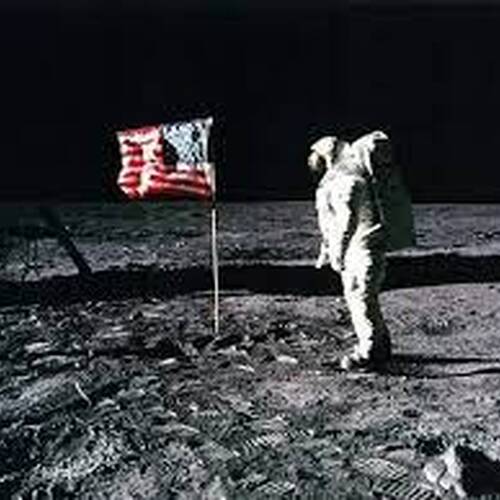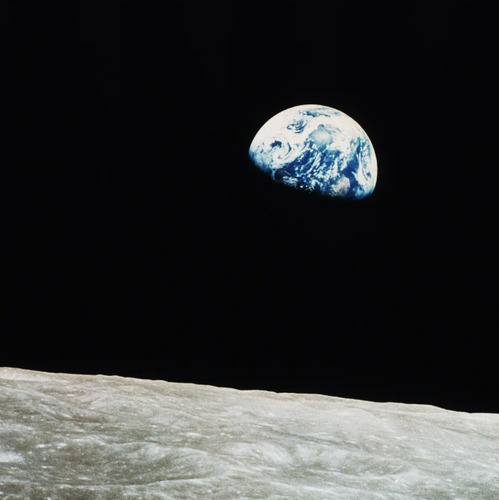The End of The Space Race
First Man on The Moon
Neil Armstrong became the first person to set foot on the moon during NASA’s Apollo 11 mission on July 20, 1969. Armstrong, along with fellow astronauts Edwin "Buzz" Aldrin and Michael Collins, embarked on this historic mission. People often perceive this event as marking the end of the Space Race between the United States and the Soviet Union because an American had achieved an unbelievable accomplishment and essentially arrived at the finish line - the Moon.
The successful moon landing demonstrated the US’s capability to accomplish an audacious goal and effectively fulfill President John F. Kennedy’s 1961 pledge to land a man on the moon before the end of the decade. This triumph was seen as a significant milestone in the space race, leading many to consider it a conclusive victory for the United States in the competition for space exploration dominance.
The Apollo-Soyuz Mission
The Apollo-Soyuz Test Project (ASTP) was a joint space mission between the United States and the Soviet Union that took place in July 1975. It involved the docking of an American Apollo spacecraft with a Soviet Soyuz spacecraft in orbit around Earth.
This mission is considered more of an end to the space race between the US and the Soviet Union because it symbolized a shift from competition to cooperation in space exploration. It marked the first time American and Soviet spacecraft docked together in space, showcasing collaboration between the two superpowers during the Cold War. The joint mission signified a thawing of tensions and the beginning of a new era of international cooperation in space exploration, signaling the end of the intense rivalry that characterized the earlier space race.
The Aftermath
The space race era catalyzed advancements in multiple fields:
- Media: It captured global attention, leading to increased media coverage of space exploration, inspiring interest and curiosity in science, technology, and space-related advancements.
- Environmentalism: The space race spurred environmental awareness due to the photographs and observations of Earth from space. It highlighted the planet's fragility, leading to increased environmental consciousness and initiatives, including Earth observation satellites and efforts to protect the environment.
- Education: There was a surge in educational focus on the STEM field globally as nations prioritized nurturing a skilled workforce capable of contributing to technological advancements.
- Research and Development: Countries worldwide invested heavily in research and development, particularly in aerospace technology and related industries. This drive led to rapid advancements in satellite technology and innovations in various sectors, including telecommunications, weather forecasting, materials science, intelligence gathering, and computer technology.
Map and Timeline of the Space Race
View Entire Neatline in Browser

